A Stronger Connection Makes a Looser Leash
Pulling on leash is not only a safety issue, but it can also be a quality of life issue for you and your dog. Many dogs miss out on much-needed walks because their pulling makes it too difficult, embarrassing, or unsafe for their owner.
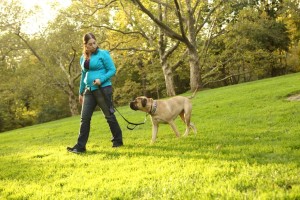
Whether huge (like this Mastiff) or little, a dog on a loose leash is a pleasure to stroll with.
As we discovered in Part 1 of this series, the good news is that your dog’s pulling can be reduced greatly and quickly just by choosing the right (gentle) equipment. Now, if you are ready to do some training work, we’ll show you how you can develop a loose-leash walker by using your voice, some directional changes and rewards for your dog.
In “trainers-speak”, the first part of this series taught you about management solutions (the quick fix) and now we’re going to explore modification (long-term behavior training).
It Starts with Attention
The biggest thing to remember when you are training loose-leash walking is NOT to follow your dog when she pulls. You have to stop the pulling from being a reward and make paying attention to you the more rewarding behavior. (Not an easy task with all of the interesting sights and scents outdoors.)
Prepare a bag (or treat pouch) of small, tasty treats and keep the bag in your pocket so you’re ready to reward throughout the walk. Alternatively, if your dog is crazy about a certain toy, you can use tug as a reward, but treats are generally the easiest to dispense repeatedly.
Step 1: Teach your dog to look at you when you make a unique sound, such as a whistle, a word, a kiss, or a tongue-click. This is done by making your chosen sound and then praising and treating your dog each time she turns to look at you in response. If the outdoors is too distracting for your dog, start training attention to the sound indoors.
Step 2: Once your dog is paying attention to this new sound reliably, you can use it on walks. When you can see she is about to pull, make that sound, then stop dead in your tracks. When your dog looks at you to “check in,” immediately praise and offer a treat, encouraging her to come over to you to get it. After giving the treat, walk in any direction other than the way the dog was pulling, giving more encouragement for your dog to follow. If she follows, give another reward!
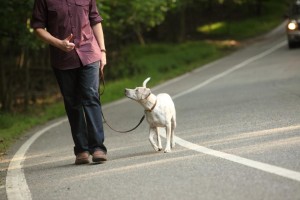
Beautiful slack in this line comes as a direct result of the dog’s attention on the handler.
Step 3: Throughout your walks, continue to reward whenever the dog responds to your signal. Rewards can be given for: a) paying attention, and b) following you. Don’t always wait for your dog to start pulling before you give your signal. Give it whenever you are going to change direction, so you can “clue her in” and she doesn’t have to hit the end of the leash.
Step 4: Sometimes, give out rewards without any signals at all – just for the dog paying attention on her own, or for following you (instead of the other way around). Within a week of practice, you’ll have a dog who is very interested in checking in with you and following you. This will strengthen your connection, which makes for a much looser leash. That’s a win for both of you!
Note: This training works especially well with young puppies who have not yet learned that pulling is rewarding (gets you to follow). If your dog is a deeply established puller and/or you often run into distractions that cause her to ignore you no matter what you do, use the management techniques described in part 1 and consider working with a professional trainer in a private or group class setting. Working with a professional can do wonders for you and your dog.
If you have ever thought about becoming a professional yourself, talk to us at CATCH!




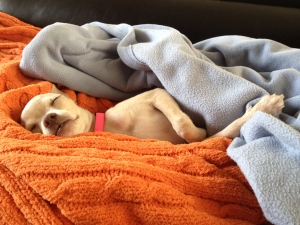
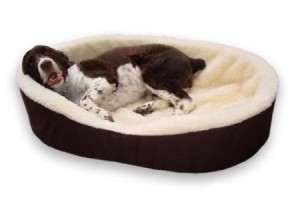

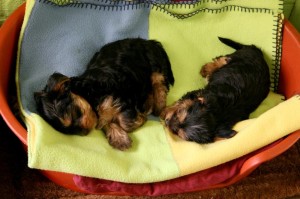


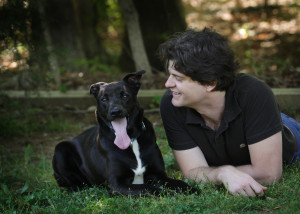


 Exciting news! We’ve teamed up with
Exciting news! We’ve teamed up with 
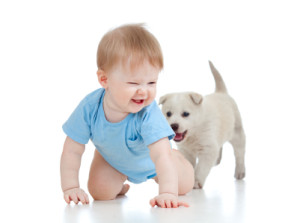
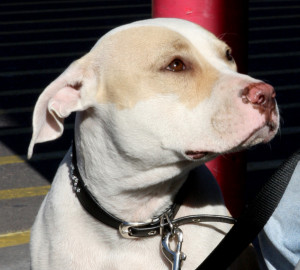
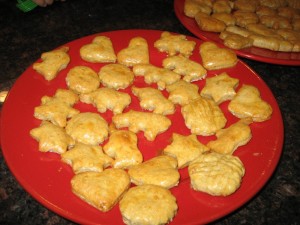

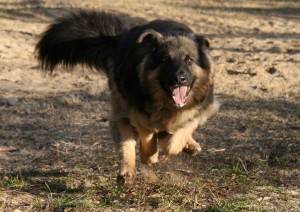
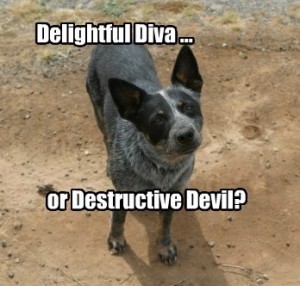
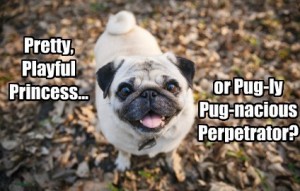



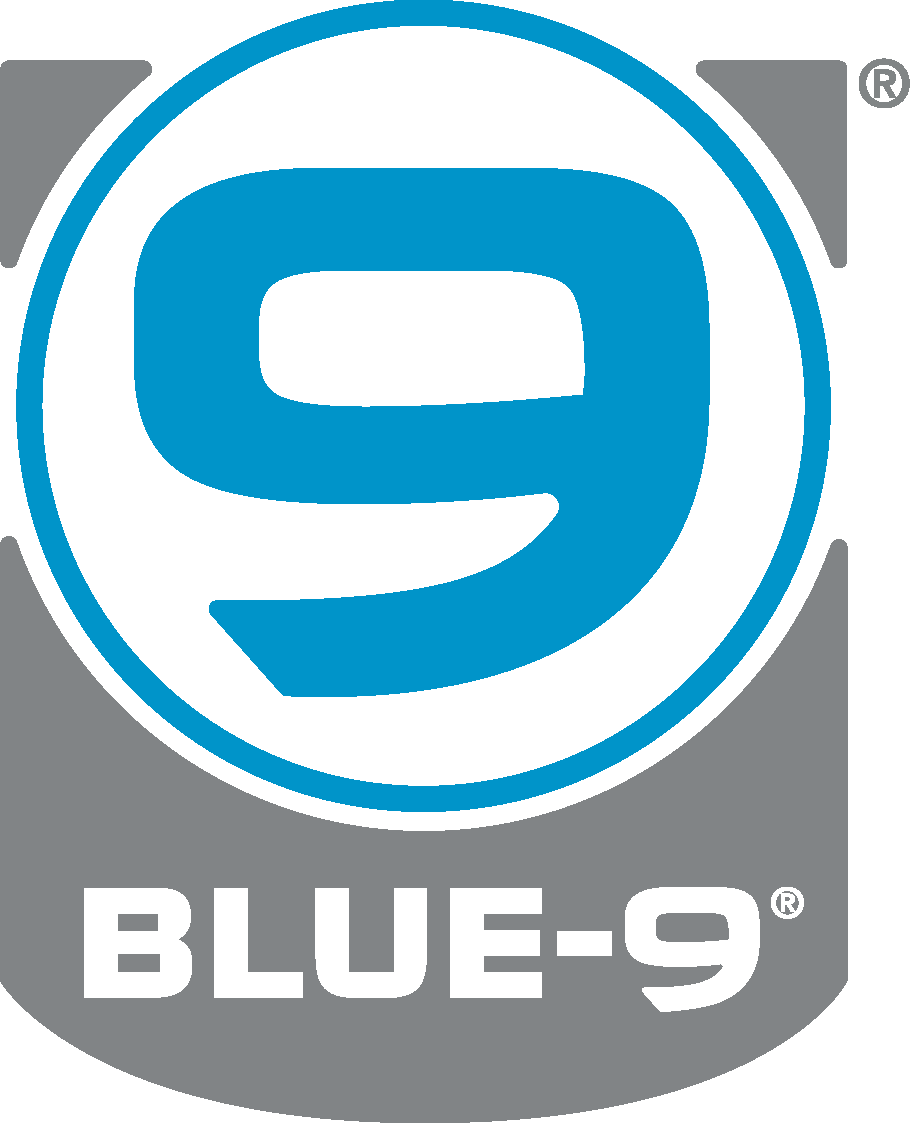
 Phone:
Phone: